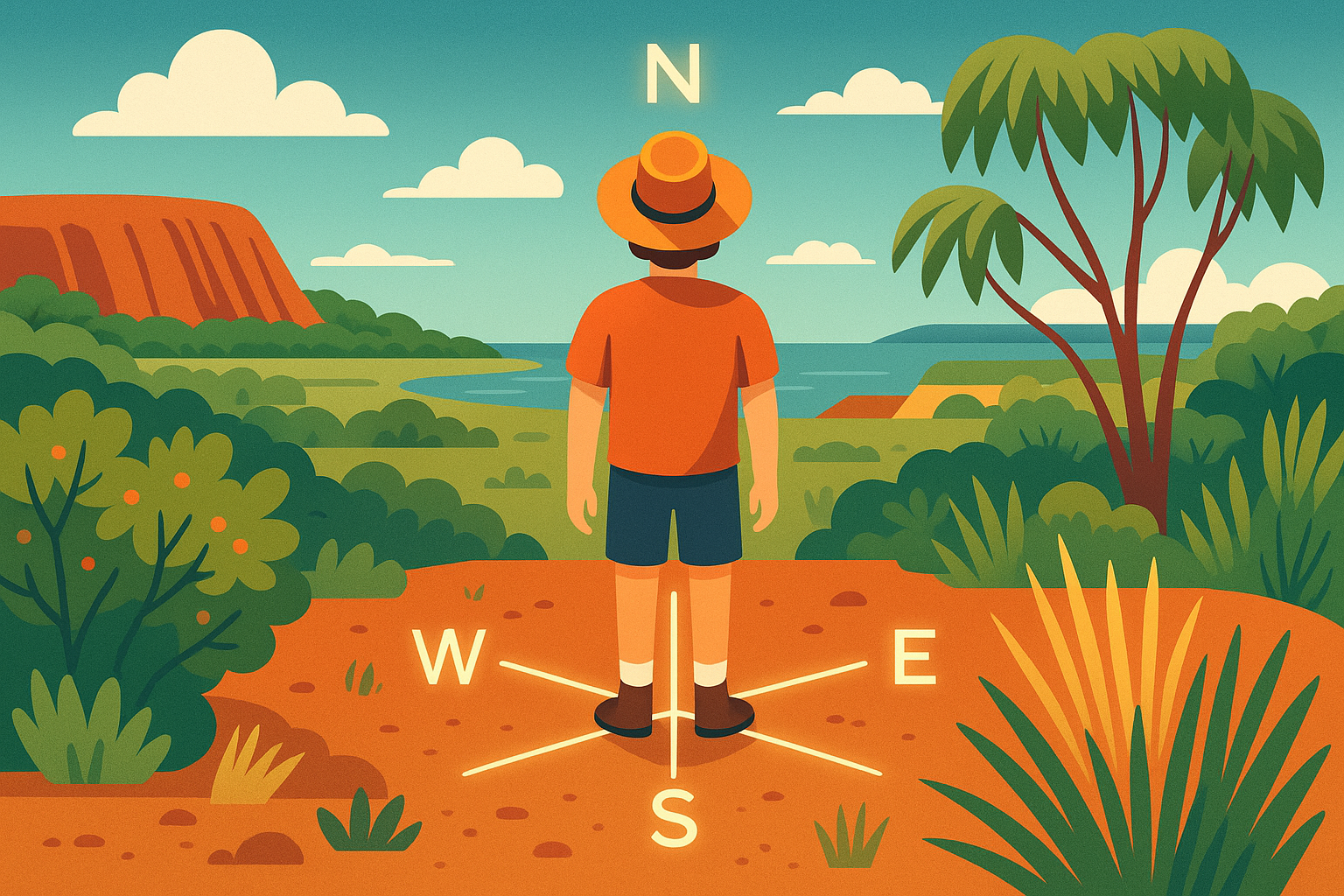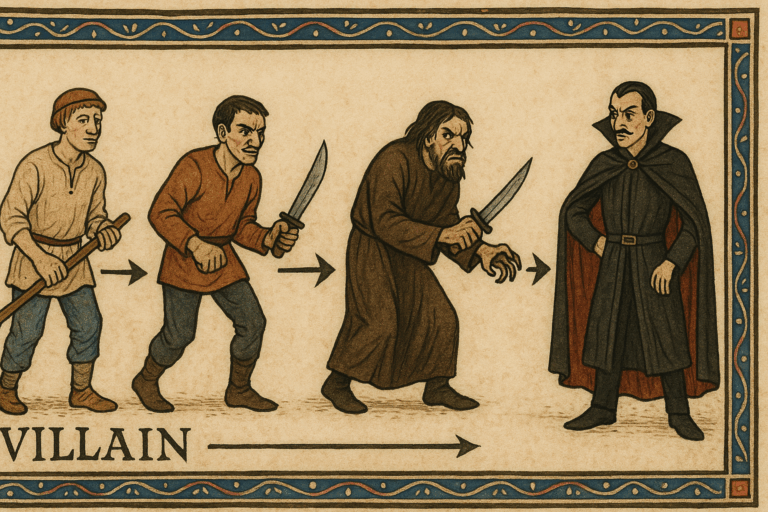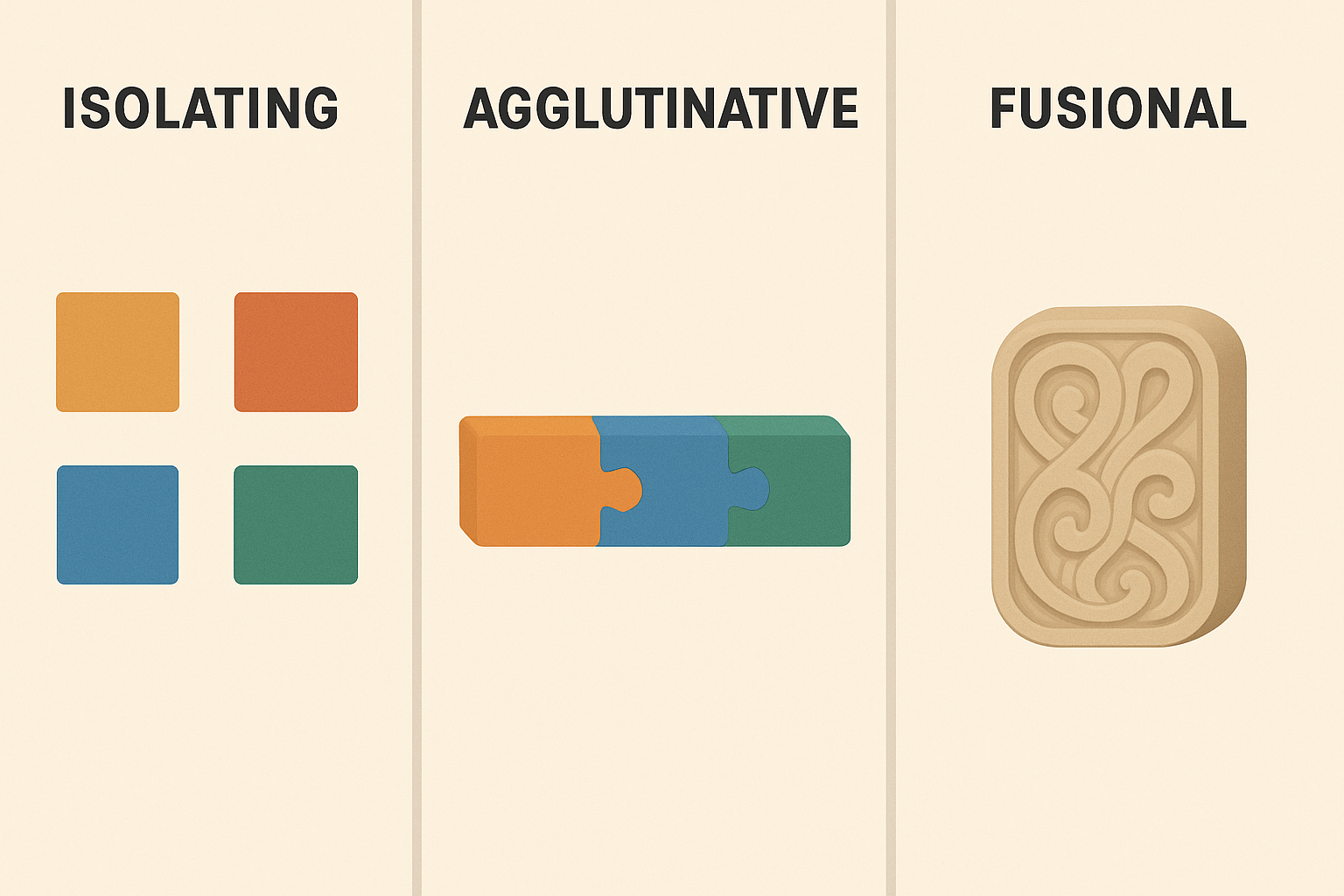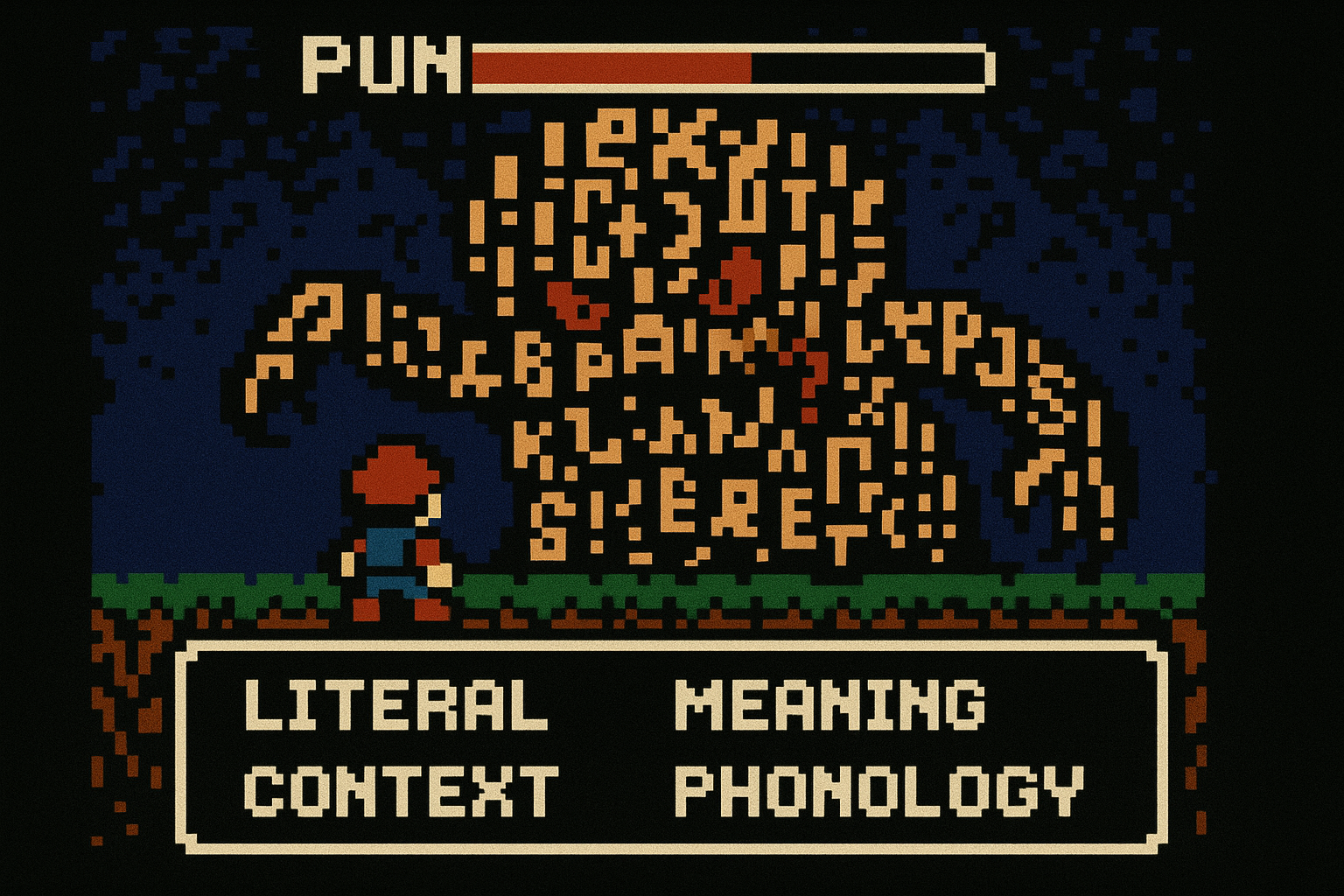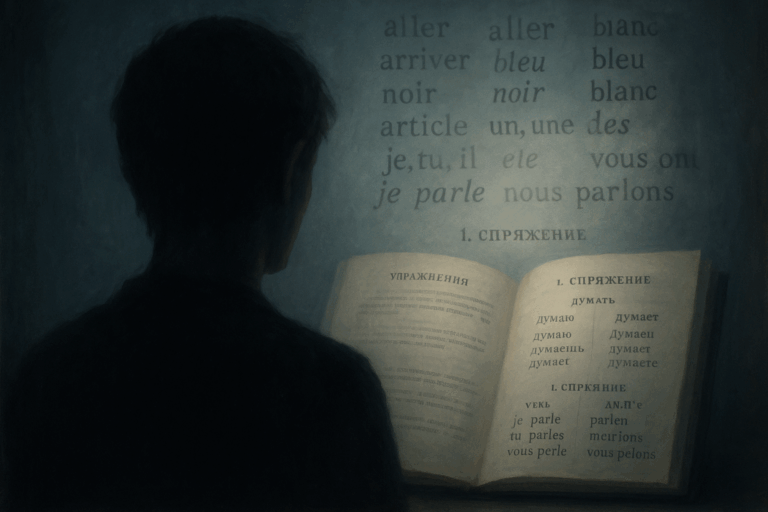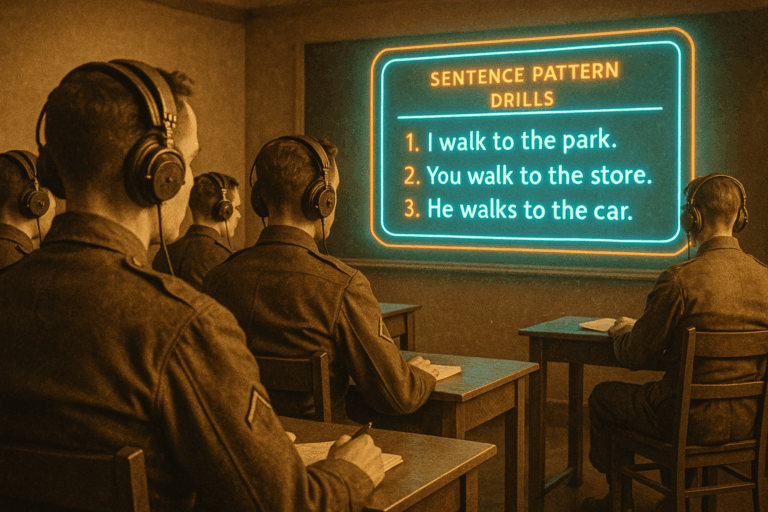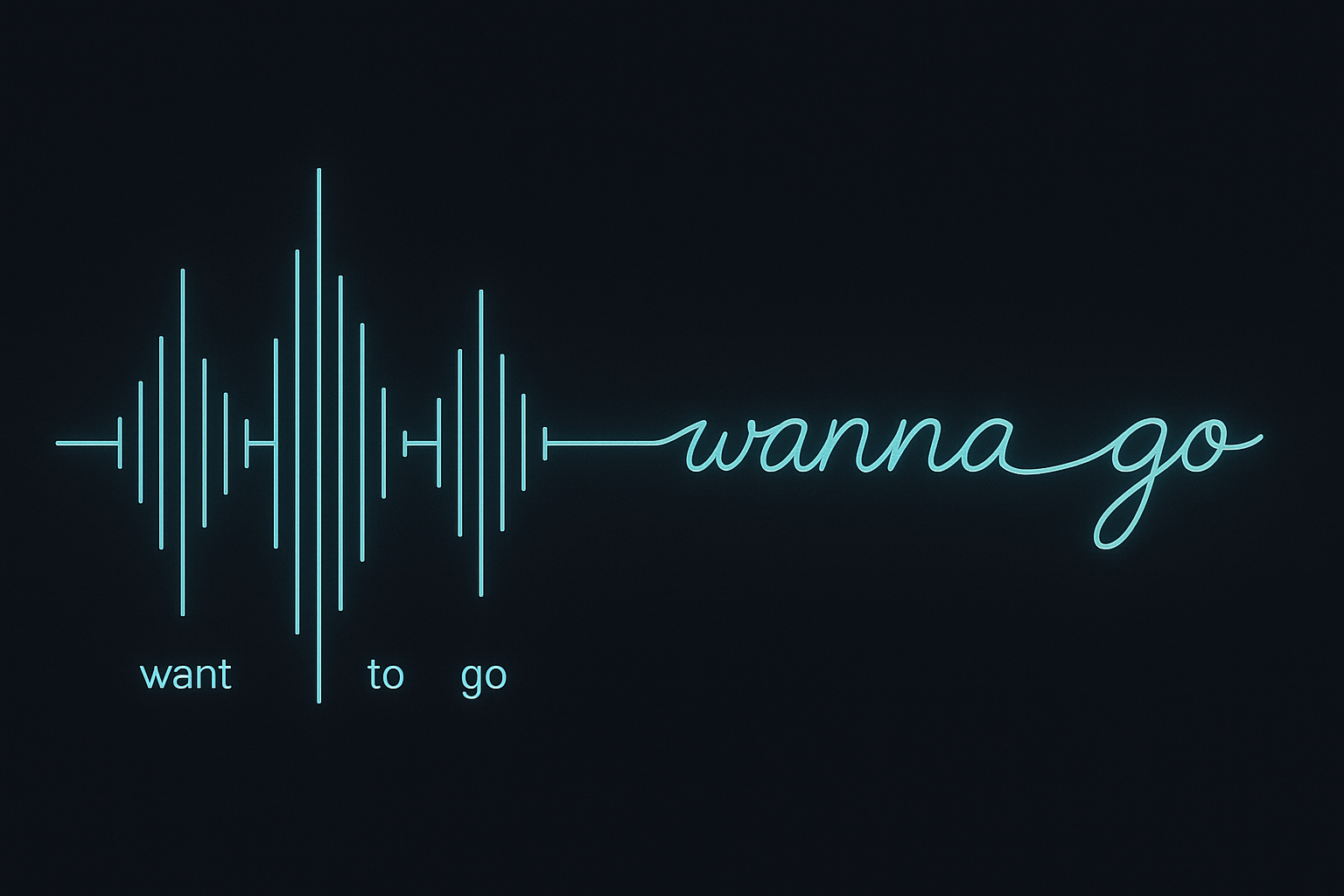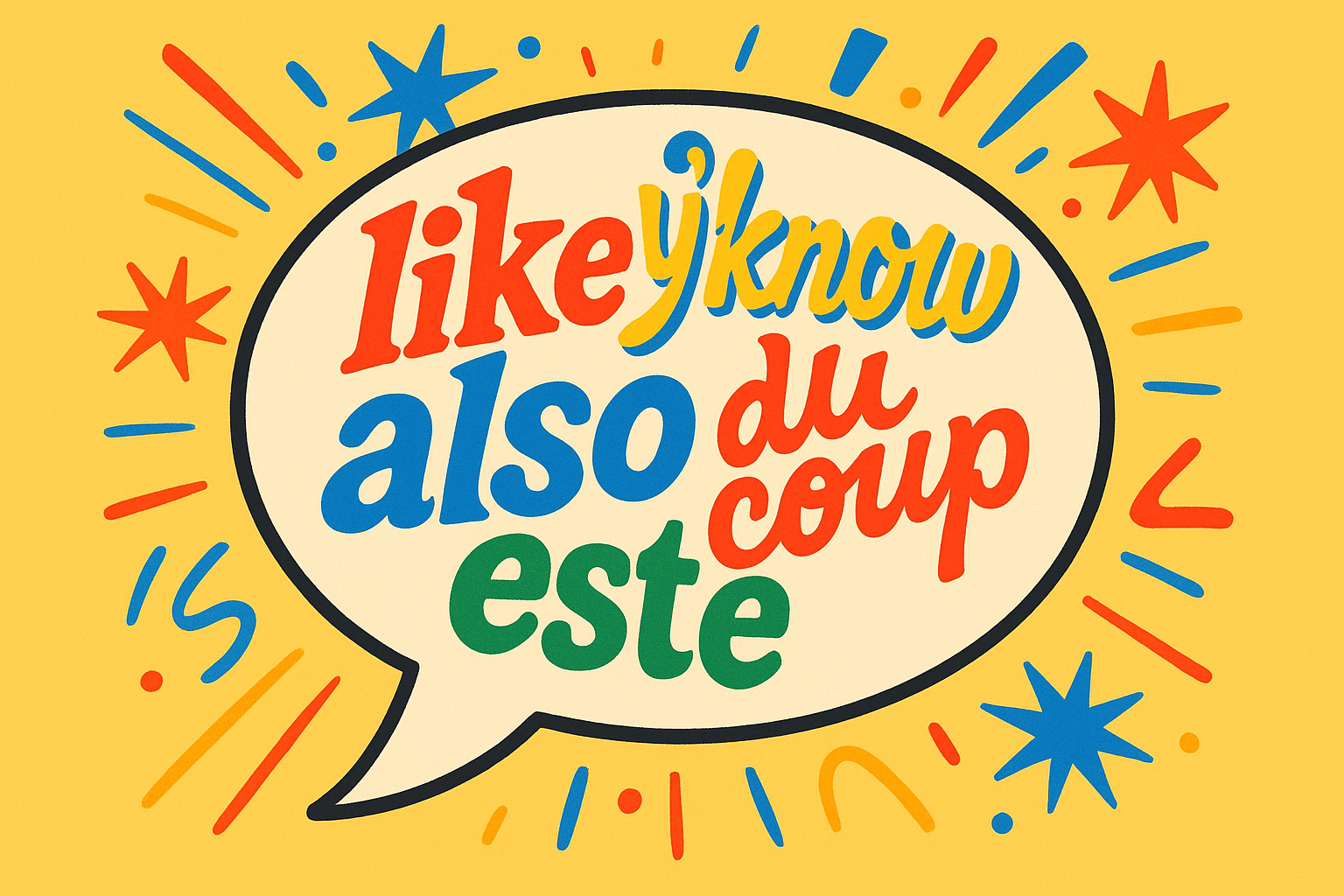“Your keys are on the table, to your left.”
“Watch out for that cyclist on your right!”
Think about how many times a day you use the words ‘left’ and ‘right’. They are the fundamental building blocks of how we place ourselves and objects in space. They feel as natural and essential as breathing. But what if they weren’t? What if an entire culture could navigate, communicate, and think without ever using these concepts?
This isn’t a thought experiment. For hundreds of millions of people around the globe, ‘left’ and ‘right’ are simply not part of their linguistic toolkit. Instead, they rely on a completely different, and to us, mind-bending system for understanding space. Welcome to the world of absolute frames of reference.
Relative vs. Absolute: A Tale of Two Realities
Most English speakers, along with speakers of most European languages, use what linguists call a relative frame of reference. It’s egocentric, meaning it’s based on our own bodies. ‘Left’ is only ‘left’ because it’s on one side of my body. If I turn around 180 degrees, my ‘left’ and ‘right’ flip with me. The coffee cup that was on my left is now on my right. The system is portable, but it’s relative to the speaker.
Now, consider the alternative: an absolute frame of reference. This system is geocentric, meaning it relies on fixed external bearings that never change, regardless of which way you are facing. The most common examples are the cardinal directions: north, south, east, and west.
Imagine your internal monologue constantly tracking these cardinal points. Instead of thinking “I’ll move my fork to the left of my plate,” you would think, “I’ll move my fork to the west of my plate.” If you turn around, the fork is still west of the plate. The entire world is mapped onto a fixed, unmoving grid.
Meet the Speakers: A Journey to Pormpuraaw
This isn’t just a theoretical concept. Let’s travel to the remote community of Pormpuraaw on the western coast of Cape York, Australia. Here, the Kuuk Thaayorre people speak a language that has no words for ‘left’ or ‘right’. Their spatial language is entirely built on cardinal directions.
Linguist Lera Boroditsky, who has done extensive research with these communities, shares incredible examples. A speaker of Kuuk Thaayorre wouldn’t say, “There’s an ant on your leg.” They would specify, “There’s an ant on your south-southwest leg.” If you’re asked to move over in a car, you might be told to “move a little to the east.” Even a simple greeting might involve direction. Instead of “Hello,” a common question is “Where are you going?” to which an appropriate answer would be something like, “North-northeast, in the middle distance.”
To use this language, speakers must know, at every single moment, which way is north. They carry a mental compass that is constantly, and subconsciously, active. Children learn this system as they learn to speak, orienting themselves in the world from their earliest days.
More Than Just Directions: Uphill and Downstream
It’s not just about north, south, east, and west. Other communities use different fixed bearings based on their unique geography. In the highlands of Chiapas, Mexico, the Tzeltal Maya people use an absolute system based on the mountainous terrain.
Their primary axis is ‘uphill’ and ‘downhill’. Everything is located in relation to this gravitational slope. You might be asked to hand someone the “uphill cup” or note that a person is standing “downhill” from the fire. This works even when they are inside on a perfectly flat floor. The mental map of the mountain’s slope is so ingrained that it’s projected onto every space they inhabit.
Similarly, languages like Yurok, spoken by indigenous peoples along the Klamath River in California, use ‘upstream’ and ‘downstream’ as their primary spatial markers. This linguistic feature intrinsically ties the speakers to the flow of the river that is so central to their lives and culture.
A Mind Shaped by North: The Cognitive Consequences
This isn’t just a quirky linguistic fad; it has profound effects on cognition, memory, and even the perception of abstract concepts like time.
Lera Boroditsky conducted a fascinating experiment. She asked speakers from different linguistic backgrounds to arrange a set of cards showing a temporal progression—a man aging, a crocodile growing, a banana being eaten.
- English speakers, predictably, arranged the cards from left to right.
- Hebrew speakers arranged them from right to left, mirroring their writing system.
- The Kuuk Thaayorre speakers did something else entirely. They arranged the cards from east to west. If they were facing south, the cards went from left to right. If they were facing north, the cards went from right to left. If they were facing east, the cards came towards them.
For them, the arrow of time isn’t anchored to their bodies; it’s locked into the landscape. Time flows from east to west, just like the sun. This is a fundamentally different way of conceptualizing time, all stemming from the language used to describe space.
This cognitive difference extends to memory. When asked to recall an event, an English speaker might remember who was sitting to their left. A Kuuk Thaayorre speaker would remember who was sitting to the north of them. Experiments have shown that speakers of absolute-frame languages have a capacity for navigation and orientation that seems almost superhuman to us egocentric speakers.
A Deeper Connection to Place
Living in a world described by absolute coordinates forces a different kind of relationship with your environment. You can’t afford to be disoriented. The language itself demands a constant, intimate awareness of your place in the landscape. You are not the center of your spatial world; the land is.
Contrast this with our modern, often placeless experience. We walk through our cities and suburbs, often with no idea which way is north. Our GPS tells us to “turn left in 200 feet,” freeing us from the need to orient ourselves. We are incredibly efficient navigators within our bubble, but we are often completely unmoored from the larger geographical reality.
For speakers of Guugu Yimithirr or Tzeltal, the language reinforces a deep, unshakeable connection to place. The landscape is not a passive backdrop; it’s an active participant in every sentence, every thought, and every memory.
The existence of these languages is a powerful testament to the diversity of human cognition. They show us that the reality we take for granted—the one with a ‘left’ and a ‘right’—is just one of many possible human realities. Language doesn’t just describe our world; it actively shapes it. So next time you give directions, pause for a moment. And wonder what might be happening, not to your left, but just north of your foot.
